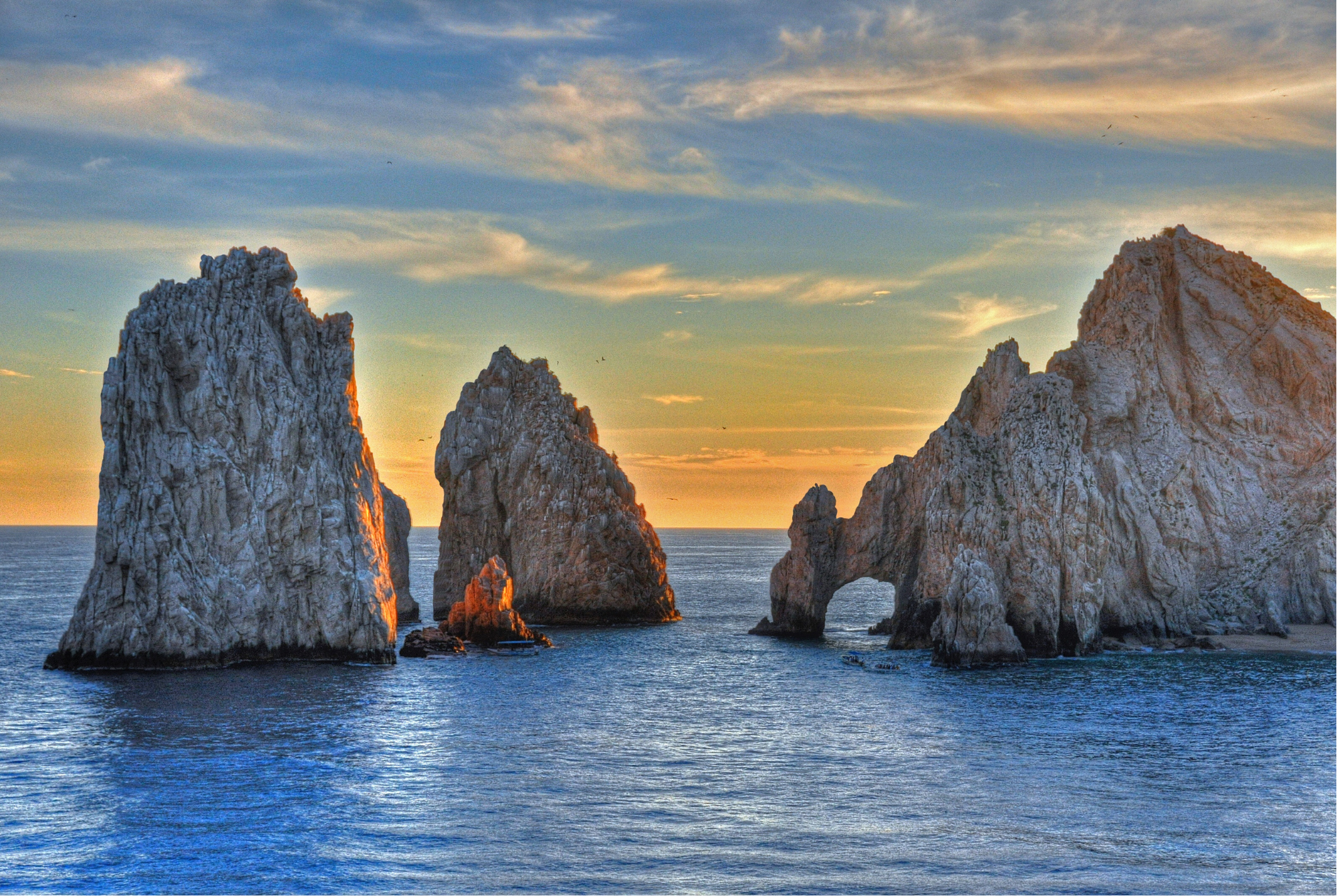The Atlantic hurricane season, which spans from June to November, represents one of the most concentrated periods of systemic risk within the U.S. cat...

Catastrophe bonds derive their value from randomly occurring natural disaster events rather than from economic conditions, creating returns that historically show minimal correlation with stocks, bonds, and other traditional investments. This unique quality makes ILS an effective portfolio diversifier.
The catastrophe bond market offers compelling yield opportunities compared to traditional fixed income investments.
ILS solves the accessibility challenges that have historically limited investor participation in catastrophe bonds.
As natural disasters increase in frequency and severity, catastrophe bonds play a crucial role in the global risk transfer system.
Catastrophe bonds ("Cat bonds") are specialized financial instruments that transfer the risk of natural disasters from insurance companies to capital market investors. Here's how they work:
Insurance companies issue Cat bonds to cover potential losses from specific natural disasters like hurricanes, earthquakes, or wildfires.
Investors purchase these bonds, and their principal is held in a secure collateral account.
If no qualifying disaster occurs during the bond term (typically 3-5 years), investors receive regular floating-rate interest payments and get their principal back at maturity.
If a predefined catastrophic event occurs—such as a hurricane causing insured losses above a specified threshold—investors may lose some or all of their principal, which goes to the insurance company to cover claims.
Insurers gain additional protection beyond traditional reinsurance, and investors access high-yield returns uncorrelated to financial markets.

The Brookmont Catastrophic Bond ETF (ILS) represents a groundbreaking opportunity in the investment landscape—it is the first NYSE-listed ETF providing investors with daily, transparent access to catastrophe bonds. As climate volatility reshapes financial markets, ILS delivers a strategic solution for investors seeking strong risk-adjusted returns independent of traditional market movements.
Size of the global outstanding catastrophe bond market
Record new market-wide issuances in 2024
Average expected loss for market catastrophe bonds
Global market history demonstrating resilience through multiple catastrophic events

Institutional investors seeking portfolio diversification and non-correlated returns
Financial advisors looking to enhance client portfolios with alternative investments
Individual investors interested in high-yield alternatives to traditional fixed income
Income-focused portfolios requiring protection against interest rate and inflation risks

The Brookmont Catastrophic Bond ETF combines the institutional expertise of Brookmont Capital Management with King Ridge Capital Advisors, delivering professional oversight of a complex asset class. Their active management approach includes:
Get the latest updates, insights, and market trends in catastrophe bond investing from our experienced team.

The Atlantic hurricane season, which spans from June to November, represents one of the most concentrated periods of systemic risk within the U.S. cat...
.jpg)
In a world where traditional diversification often fails during market stress, one asset class has quietly delivered on its promises for over two deca...

How a $57 billion institutional asset class finally became accessible to everyday investors—and why timing matters
This Fund is not affiliated with these financial service firms. Their listing should not be viewed as a recommendation or endorsement. By clicking the links above you will leave the ILS ETF website. The following landing page may contain information concerning investments, products or other information. The Fund advisor, the Fund sponsor; and the Fund distributor (collectively these parties are referred to as the “Fund”), are not responsible for the accuracy or completeness of information on non-affiliated websites. The material available on non-affiliated websites has been produced by entities that are not affiliated with the Fund. Descriptions of, references to, or links to products or publications within any non-affiliated linked website does not imply endorsement of that product or publication by the Fund. Any opinions or recommendations from non-affiliated websites are solely those of the independent providers and are not the opinions or recommendations of the Fund, which is not responsible for any inaccuracies or errors.